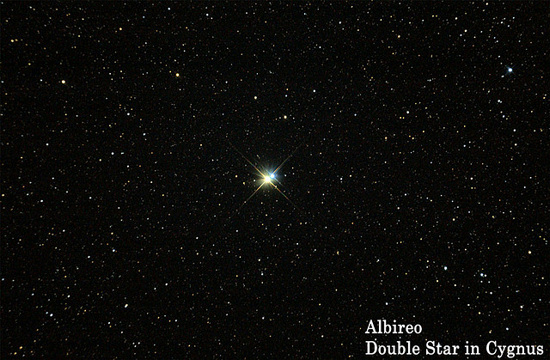 |
| Roland Beard, co-author of the AOBV curriculum, checks to see if a telescope set up by teachers is focused right. |
During the night observing periods the teachers viewed Vega, the fifth brightest star in the night sky; the constellation Cygnus (Northern Cross) and the star Deneb at the head of the cross; the M22 globular cluster of about 70,000 stars; the bright red star Antares; and the beautiful blue and gold double stars Albireo. "God is simply amazing," was the hushed comment of many,
looking through a telescope or from behind pair of binoculars.
The teachers' new found knowledge gives them ways to use the night sky to point their students toward God, the Creator of the heavens.
Teacher Esther Mendoza said, " I never knew one can actually see the Milky Way with the unaided eye! I'm glad I know that now!"
Roland and Linda Beard are founders of Christworks Ministries, a home-based, all-volunteer Christian non-profit organization based in Crozet, Virginia. The couple has also done ministry work in Uganda and Haiti.
The seminar was held at the Tagaytay Retreat and Training Center on September 6 - 8, 2012.
 |
| Roland Beard watches as VOHCS teachers put a telescope together. |
 |
| Photo:Myra Gaculais del Rosario |
 |
| Photo:Myra Gaculais del Rosario |
 |
| The Night Sky Planisphere is made up of two sections -- an inner rotating dial (white) marked with the days and months of the year, and a fixed outer section (blue) marked with the hours of the day. The dial contains a sky map printed with dark stars on a light background for easy nighttime readability. To use the planisphere simply turn the dial to match the date with the time. The planisphere will then show the stars, constellations, and prominent deep-sky objects that are currently above the horizon as well as the location of the Milky Way. It works for any hour, of any day, of any year - http://www.skymaps.com/store/cat04.html |
 |
| Roland Beard demonstrates how a planisphere is used to locate 'objects' (such as constellations and star clusters) in the night sky. |
 |
| Image credit: Jason Smith, http://earthsky.org/brightest-stars/albireo-finest-double-star |
 |
| Linda Beard talks about how a telescope can help school children learn more about God's created heavens. |
 |
| Part of the training involved assembling a telescope individually... |

 |
| ...and in groups. |
http://www.youtube.com/watch?v=VE0yUobk6TM - Indescribable by Cris Tomlin
Photos: Courtesy of Anir Adovas (unless otherwise stated)




